The quest for sustainable energy solutions has led researchers to explore unconventional avenues, and microbial fuel cells (MFCs) have emerged as a fascinating intersection of biotechnology and renewable energy. These devices harness the metabolic activity of bacteria to generate electricity while simultaneously treating wastewater, offering a dual benefit that has captured global attention. However, the longevity of MFCs remains a critical hurdle limiting their widespread adoption. Unlike conventional batteries, whose degradation mechanisms are well-documented, the lifespan of MFCs is governed by a complex interplay of biological, chemical, and physical factors that challenge even the most seasoned scientists.
The Biological Clock of Electroactive Bacteria
At the heart of every microbial fuel cell lies its microbial workforce – electroactive bacteria that transfer electrons to electrodes through intricate biochemical pathways. These microorganisms, while remarkably adaptable, are not immortal. Over time, biofilm stratification occurs, where younger cells dominate the electrode surface while older cells lose viability. Researchers at Stanford’s Bioelectronics Lab recently demonstrated that Geobacter sulfurreducens biofilms undergo genetic drift after approximately 1,200 hours of continuous operation, leading to a 40% reduction in electron transfer efficiency. This biological aging is compounded by the accumulation of dead cells within the biofilm matrix, which increases charge transfer resistance and creates diffusion barriers for nutrients.
The Silent War Within: Microbial Competition Dynamics
MFC systems rarely maintain pure cultures in practical applications. The inevitable invasion of methanogens and other non-electrogenic species triggers a power-draining microbial warfare. A 2023 study published in Nature Energy revealed that within six months of operation, mixed-culture MFCs experienced a 58% decline in power density as methanogens outcompeted electroactive bacteria for substrates. This shift not only reduces electricity generation but also alters the system’s pH microenvironment, creating additional stresses on the remaining electroactive communities. The speed of this microbial succession varies dramatically based on feedstock composition, with protein-rich wastewater accelerating the process by up to 30% compared to carbohydrate-dominated substrates.
Electrode Degradation: The Achilles' Heel
While microbes face their own battles, the physical infrastructure of MFCs wages its own war against time. Carbon-based electrodes, despite their conductivity and biocompatibility, gradually succumb to corrosion and fouling. Field trials conducted by the European Bioenergy Research Institute showed that graphite felt anodes lost 22% of their effective surface area after one year of operation due to sulfur compound accumulation. Cathodes face even harsher conditions, with platinum catalysts dissolving into the electrolyte at rates exceeding 3 μg/cm² per month in continuous-flow systems. Emerging materials like graphene-coated titanium show promise, with preliminary data indicating 70% less degradation over 18-month periods, but cost remains prohibitive for large-scale implementation.
The Electrolyte Equation: pH Shifts and Ion Depletion
MFC electrolytes undergo gradual but consequential changes that silently undermine system performance. Proton accumulation in the anode chamber creates acidic conditions that inhibit microbial activity, while hydroxide buildup at the cathode leads to mineral precipitation. A longitudinal study from Tsinghua University documented how calcium carbonate deposits reduced cathode performance by 35% in municipal wastewater-fed MFCs within eight months. Simultaneously, essential trace elements like phosphorus and potassium become depleted, forcing microbes into a starvation state that prioritizes survival over electricity production. Periodic electrolyte replenishment can mitigate these effects, but each intervention risks introducing contaminants that disrupt established microbial consortia.
Operational Stressors: The Human Factor
Real-world operation introduces variables that laboratory prototypes seldom encounter. Flow rate fluctuations, temperature variations, and feedstock inconsistencies create cumulative stress on MFC systems. Data from a pilot plant in Singapore revealed that diurnal temperature swings of just 5°C accelerated biofilm detachment by 18% compared to temperature-controlled conditions. Similarly, industrial wastewater with varying organic loads caused repeated cycles of feast and famine for microbial communities, leading to premature community collapse. Perhaps most surprisingly, even the act of measuring performance – through common techniques like polarization curves – was shown to reduce overall lifespan by up to 12% due to the disruptive current density changes imposed during testing.
Resurrection Strategies: Extending MFC Vitality
The scientific community isn’t merely documenting these challenges; innovative solutions are emerging from laboratories worldwide. Biofilm rejuvenation techniques using quorum sensing molecules have demonstrated the ability to extend productive lifespans by 200% in bench-scale experiments. Meanwhile, self-cleaning electrode designs inspired by lotus leaf nanostructures show remarkable antifouling properties. Perhaps most promising are hybrid systems that periodically introduce small amounts of oxygen to the anode chamber – counterintuitively, this controlled stress appears to strengthen electroactive biofilms by eliminating competing anaerobes without harming the core electricity-producing species. As these technologies mature from concept to commercialization, the dream of decade-long MFC operation inches closer to reality.
The longevity challenge in microbial fuel cells represents one of the most complex puzzles in bioelectrochemical systems. It demands interdisciplinary solutions that bridge microbiology, materials science, and process engineering. While current lifespan limitations restrict MFCs to niche applications, each passing year brings breakthroughs that narrow the gap between laboratory curiosity and practical energy solution. The microbes themselves, having existed for billions of years, certainly possess the endurance – the task now falls to human ingenuity to create systems that can harness their potential not just for months, but for years on end.

By /Aug 7, 2025

By /Aug 7, 2025

By /Aug 7, 2025

By /Aug 7, 2025
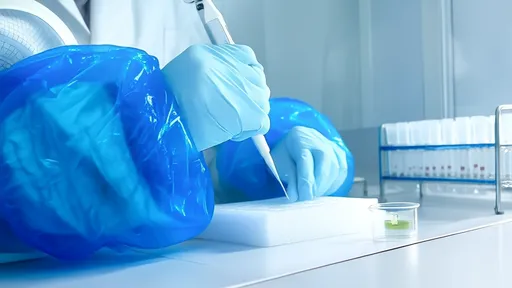
By /Aug 7, 2025
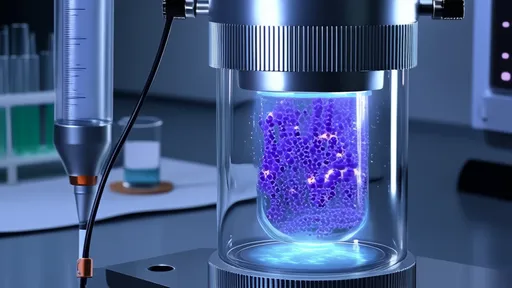
By /Aug 7, 2025
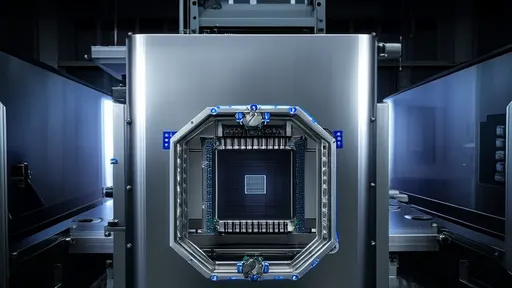
By /Aug 7, 2025

By /Aug 7, 2025
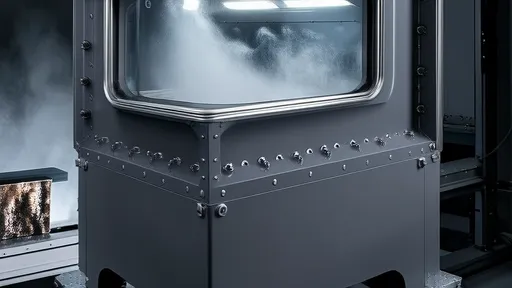
By /Aug 7, 2025
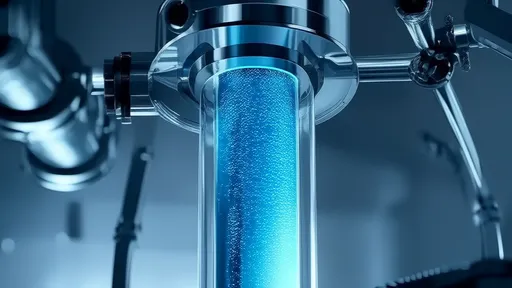
By /Aug 7, 2025
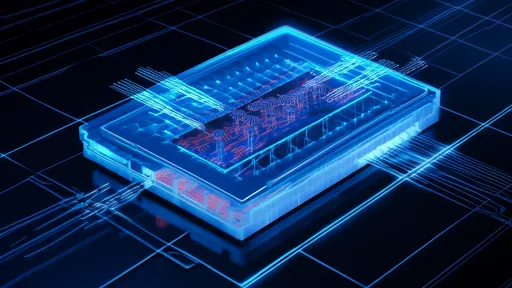
By /Aug 7, 2025

By /Aug 7, 2025
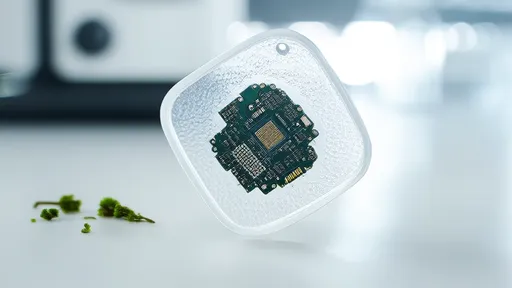
By /Aug 7, 2025
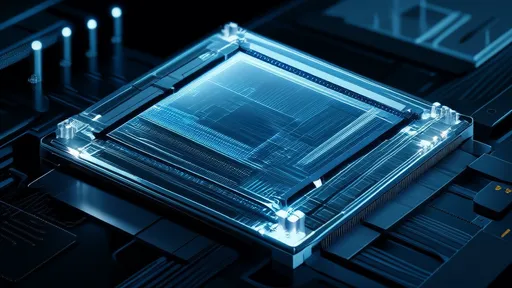
By /Aug 7, 2025
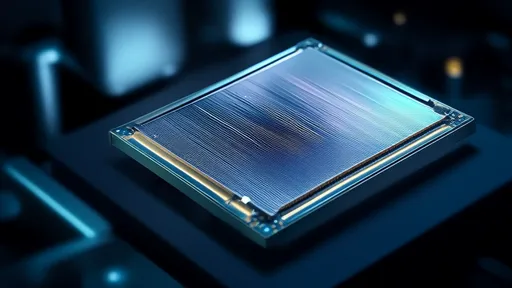
By /Aug 7, 2025

By /Aug 7, 2025
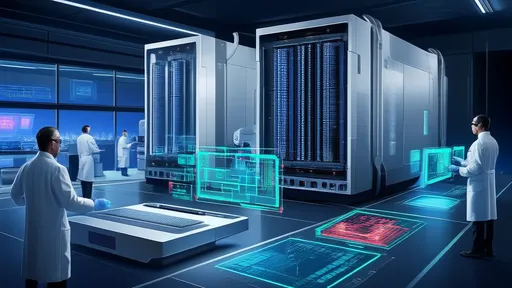
By /Aug 7, 2025
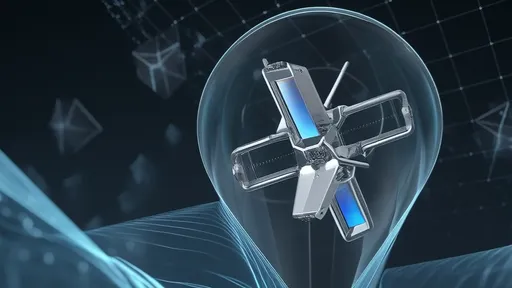
By /Aug 7, 2025
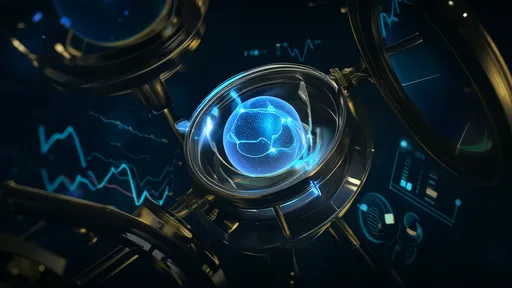
By /Aug 7, 2025
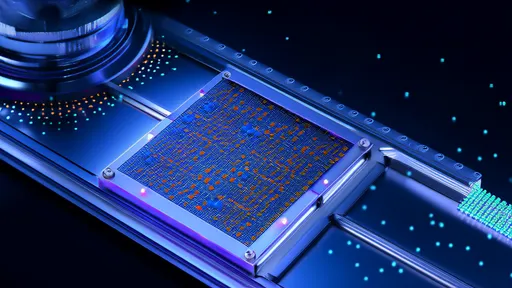
By /Aug 7, 2025